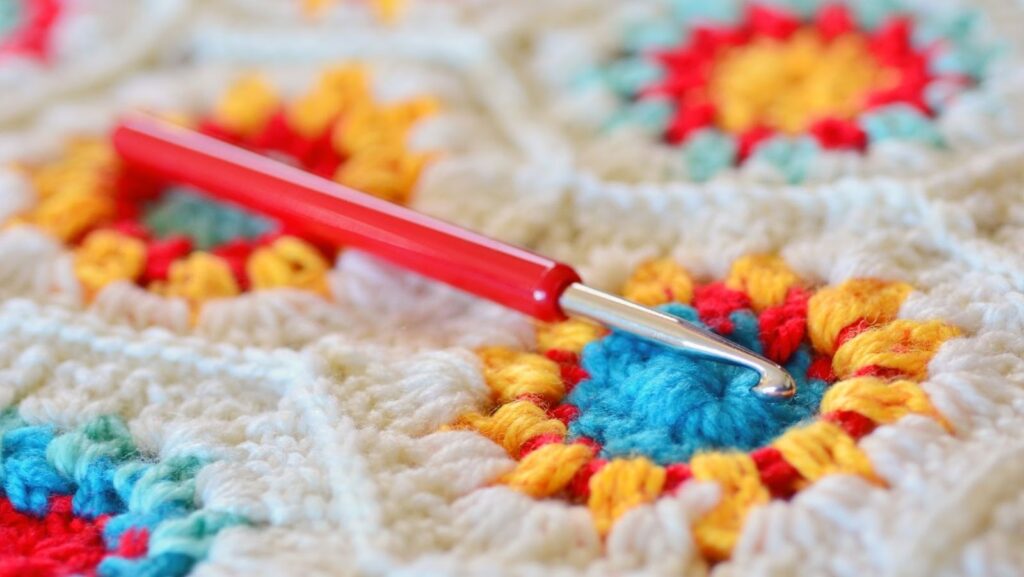Knitting and crochet: two crafts that seem similar yet are as different as night and day. But what if you’re a seasoned knitter wanting to dip your toes into the world of crochet? You’ll need to understand the conversion from knitting needles to crochet hooks.
Understanding Knitting Needle Sizes
Knitting needles come in a plethora of sizes, each perfect for a distinct type of yarn, thread or project. Notably, the size of a knitting needle directly influences the finished product’s stitch size.
Let’s dive into the nomenclature of knitting needle sizes being primarily measured in millimeters (mm). In an American-standard system, sizes range from 0 to 50, while in the UK, sizes get counted as 14 to 000. Understand, the larger the number in the American system, the larger the needle diameter, but in the UK system, the reverse stands true. Essentially, an American size 0 corresponds to a UK size 14, both equal to 2 mm in diameter.
Just as knitting needles hold significant diversity in sizes, crochet hooks too possess an array of sizes, and understanding how to convert between these sizes strengthens one’s ability to transition between knitting and crocheting seamlessly. The next section delves into this conversion, conceptualizing how one creative realm can meet another.
Knitting Needle to Crochet Hook Conversion
Delving into the subject of needle-to-hook conversion, I’ve uncovered valuable information that can truly bridge the gap between knitting and crochet. Fundamentally, the process revolves around understanding the sizes. Here it’s crucial to remember: the larger the knitting needle, generally, the larger size crochet hook you’ll require.
To create a clear conversion pathway between knitting needle sizes and crochet hooks, it’s imperative to respect the metric system for uniformity. So, let’s consider the commonly used knitting needle size of 7 (4.5mm). For this size knitting needle, a suitable match is usually an H/8 (5mm) crochet hook. The difference in the .5mm can often average out due to individual tension differences.
Examining another example – for a smaller knitting needle size of 3 (3.25mm), a fitting crochet hook might be an E/4 (3.5mm). Here again, the slight difference in size aids in compensating for individual yarn tension.
For the largest of the common knitting needle sizes considered earlier, size 13 (9mm), the conversion points towards using an M/13 (9mm) crochet hook. Matching exactly in this case, we can infer that larger needles and hooks share higher size compatibility.
Crochet Hook Basics
Meandering through the labyrinth of sizes and types might be overwhelming, but let’s explore it systematically, referencing the Craft Yarn Council’s (CYC) standards. On their website, they outline different crochet hook sizes, from the tiniest at B/1 or 1.25mm, right up to the largest at S or 19mm. It’s essential to remember these to effectively convert knitting needle sizes to corresponding crochet hooks.
Moving deeper, there are three common types of crochet hooks, each serving a specific purpose. Inline hooks, with a straight throat and round top, are excellent for tight stitches. Tapered hooks, curving from the shaft into the hook, are a common choice for loose stitches. Tunisian hooks, exceptionally longer, cater to the specialty style of Tunisian crochet.
Adapting Knitting Patterns to Crochet
So, we’ve navigated the intricate world of knitting needles and crochet hooks. We’ve learned the impact of needle sizes on stitch size, the differences in American and UK size systems, and how to convert knitting needle sizes to crochet hooks. We’ve explored the realm of crochet hooks, understanding how hook size influences stitch size and the variety available. We’ve emphasized the importance of choosing the right hook size for our projects.
Armed with this knowledge, we’re now ready to adapt knitting patterns to crochet with ease and confidence. It’s a skill that opens up a new world of crafting possibilities, allowing us to tap into our creativity like never before. Happy crafting!

